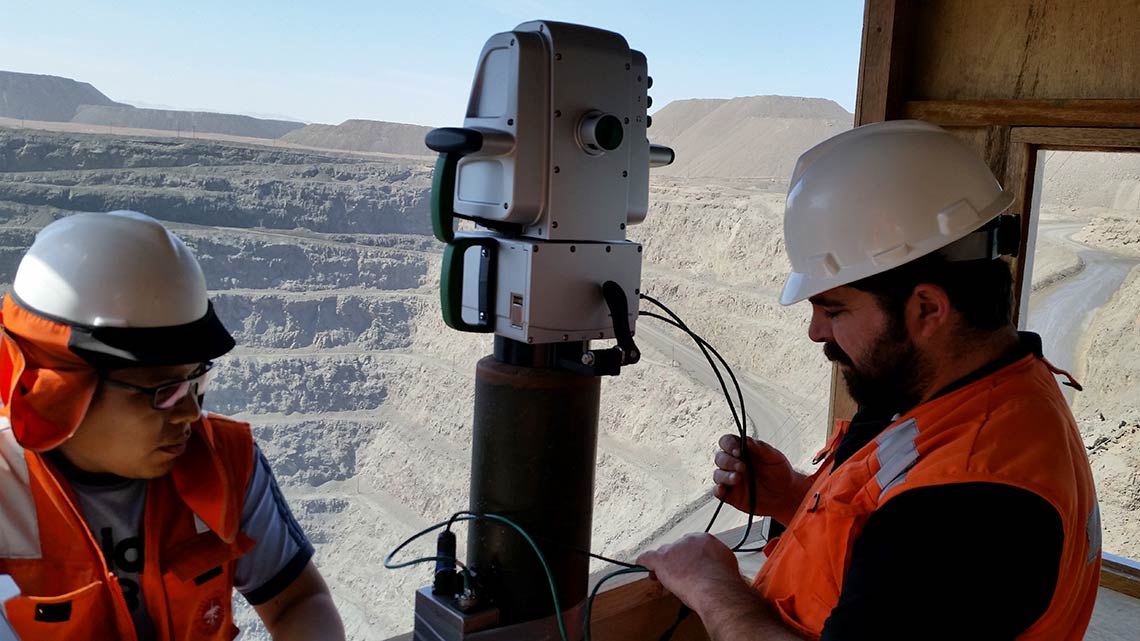

Learn more in the full release health documentation. Release health - Release health data provides insight into the impact of crashes and bugs as it relates to your user's experience and reveals trends with each new issue. Learn more in the full Releases documentation. When you notify Sentry about a release, you can identify new issues and regressions associated with it, confirm whether an issue is resolved in the next release, and apply source maps.
#Define sentry code
Release - A release is a version of your code deployed to an environment. Learn more in our full Environments documentation. Environments help you better filter issues and transactions among other uses. Learn more about setting up teams.Įnvironment - environment is a Sentry-supported tag that you can add to your SDK that's intended to refer to your code deployments' naming convention, such as development, testing, staging, or production. Team - Teams are associated with your Sentry projects, and their members receive issue notifications, in addition to becoming issue owners. Learn more in our full DSN documentation. Sentry automatically assigns you a DSN when you create a project. A DSN tells the Sentry SDK where to send events so the events are associated with the correct project. Projects allow you to associate events with a distinct application in your organization and assign responsibility and ownership to specific users and teams within your organization.ĭSN - Data Source Name. For more information, check out our best practices for creating projects.


For example, you might have separate projects for your API server and frontend client. You can create a project for a particular language or framework used in your application. Project - A project represents your service or application in Sentry. This includes, events (errors or transactions), attachments, and event metadata. Transaction events are grouped by the transaction name.ĭata - Anything you send to Sentry. Transaction - A transaction represents a single instance of a service being called to support an operation you want to measure or track, like a page load, page navigation, or asynchronous task. This grouping of events into issues allows you to see how frequently a problem is happening and how many users it's affecting. For example, Sentry groups events together when they are triggered by the same part of your code. Set the current VLAN as the Default VLAN via CLI for all ports on a switch.Fingerprint The set of characteristics that define an event., which is what Sentry uses to group them. Check the Default VLAN box and enter the new value. Right-click and select Modify Properties. In the Ports panel, highlight the desired ports to edit using ctrl or shift key.į. Right click on the switch model and select Model Configuration.Į. Ensure the VLAN ID intended to be the Default VLAN is listed first in the VlanIdList column of the Avaya switch prior to modeling in Network Sentry.Ī. This type of scenario is possible in situations where IP Phones are connected, as the first value may be a Voice VLAN. If that column contains 2 values for any given port, Network Sentry uses the first value for the Default VLAN value. This output can be viewed in the Avaya switch management UI.
#Define sentry update
The value does not update upon subsequent VLAN reads (only the Current VLAN is updated).įor Avaya switches, Network Sentry reads the Default VLAN from the VlanIdList column. During this initial read, whichever VLAN is set on the port is considered the Default VLAN for that port. When a switch is discovered in Topology, Network Sentry reads the switch's VLAN configuration. Issue: Network Sentry lists the Voice VLAN as the Default VLAN on Avaya switch ports in Topology, potentially causing hosts to be assigned to the Voice VLAN.


 0 kommentar(er)
0 kommentar(er)
